Landmark Exhibition Of Asian Textiles At The Textile Museum
A landmark exhibition of textiles of the Chin peoples of western Myanmar (Burma), northeastern India and eastern Bangladesh will be on view at The Textile Museum from October 13, 2006 ? February 25, 2007. Mantles of Merit: Chin Textiles from Mandalay to Chittagong includes nearly 80 ceremonial mantles, tunics and other garments, along with contemporary and historic photographs as well as jewelry and accessories worn with the textiles.

Textiles play a central role in Chin social life, illustrating an individual?s success in achieving merit in this life and the next through worldly activities such as hosting feasts and bagging big game. The majority of the textiles on view are from The Textile Museum?s collections, which was formed in large part by a donation to the Museum by the exhibition?s curators, Dr. David W. Fraser and Barbara G. Fraser.
Technique and Structure in Chin Textiles

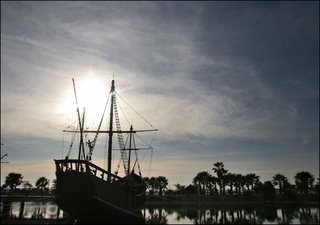

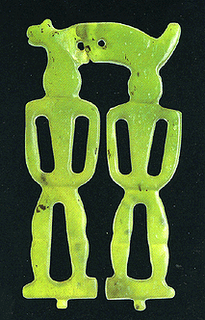





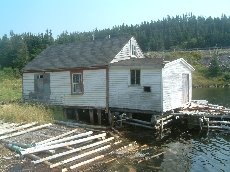
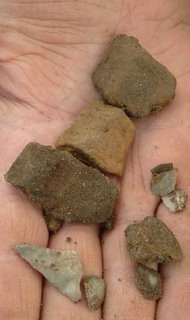
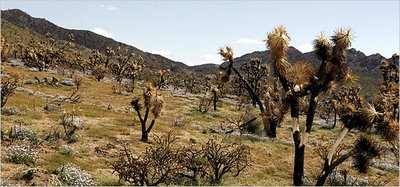
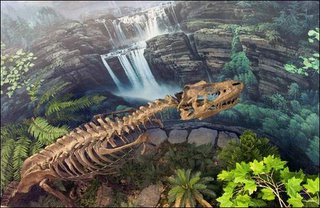 The Albertosaurus
The Albertosaurus
